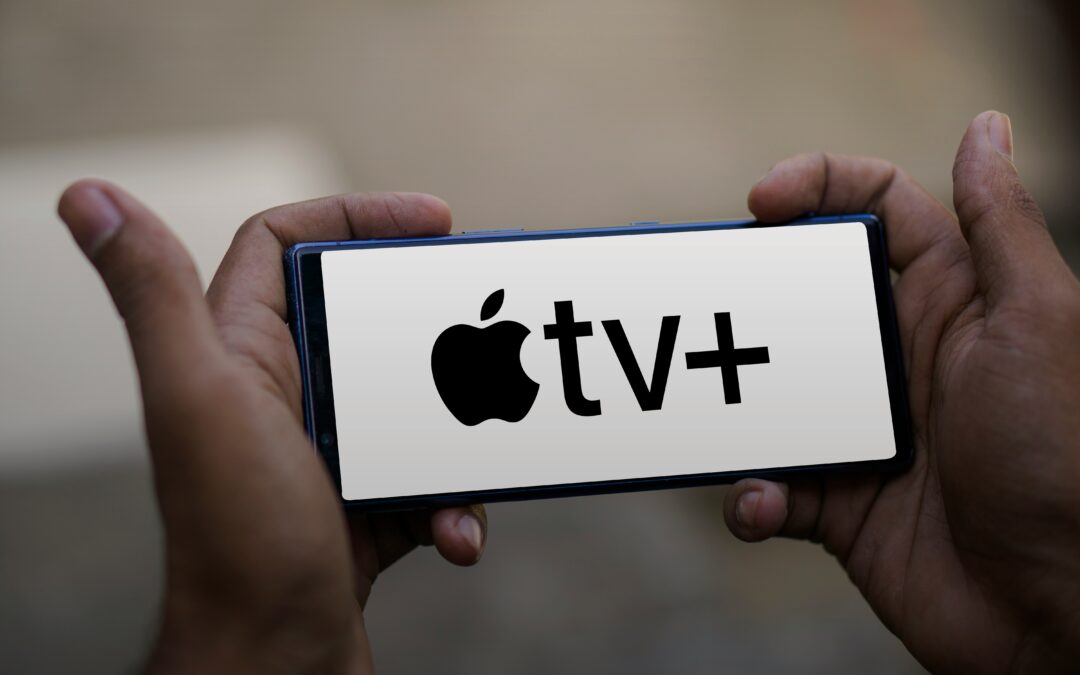Streaming services have revolutionized the way we consume media, fundamentally changing how we watch movies, TV shows, and listen to music. Gone are the days when audiences had to rely on cable television schedules or physical media. Today, platforms like Netflix, Hulu, and Spotify have made it possible for users to access vast libraries of content with just a few clicks. This shift has transformed not only our viewing habits but also the entire entertainment industry.
On-Demand Convenience
One of the most significant advantages of streaming services is the convenience they offer. Users can watch what they want, when they want, and how they want. This flexibility allows for binge-watching entire seasons of shows or curating personalized playlists of music, all available at their fingertips. The ability to pause, rewind, or skip content has made the viewing experience more enjoyable and tailored to individual preferences.
Redefining Content Creation
The rise of streaming has also changed the landscape of content creation. Unlike traditional networks that adhere to strict programming schedules, streaming platforms allow creators to experiment with format and storytelling. Many original series, such as Stranger Things and The Crown, are designed specifically for the streaming model, featuring complex narratives and character development that resonate with viewers. This new approach has led to a surge in high-quality content that often rivals that of traditional film and television.
Global Accessibility and Cultural Exchange
Streaming services have made media more accessible to global audiences. With subtitles and dubbing options, international films and series can reach viewers far beyond their original markets. This accessibility has facilitated a cultural exchange, allowing audiences to explore diverse narratives and perspectives from around the world. As a result, viewers are exposed to a richer variety of storytelling, which broadens their understanding of different cultures.
Challenges and Future Trends
Despite the advantages, streaming services also face challenges, including issues of content licensing and competition among platforms. As more services enter the market, users may find themselves juggling multiple subscriptions to access their favorite content. Additionally, concerns regarding artist compensation and sustainability in the industry continue to arise.
Conclusion
The evolution of streaming services has transformed media consumption, making it more accessible, personalized, and diverse. As technology continues to advance and new platforms emerge, the way we engage with entertainment will likely keep evolving, further shaping the future of how we consume media.

